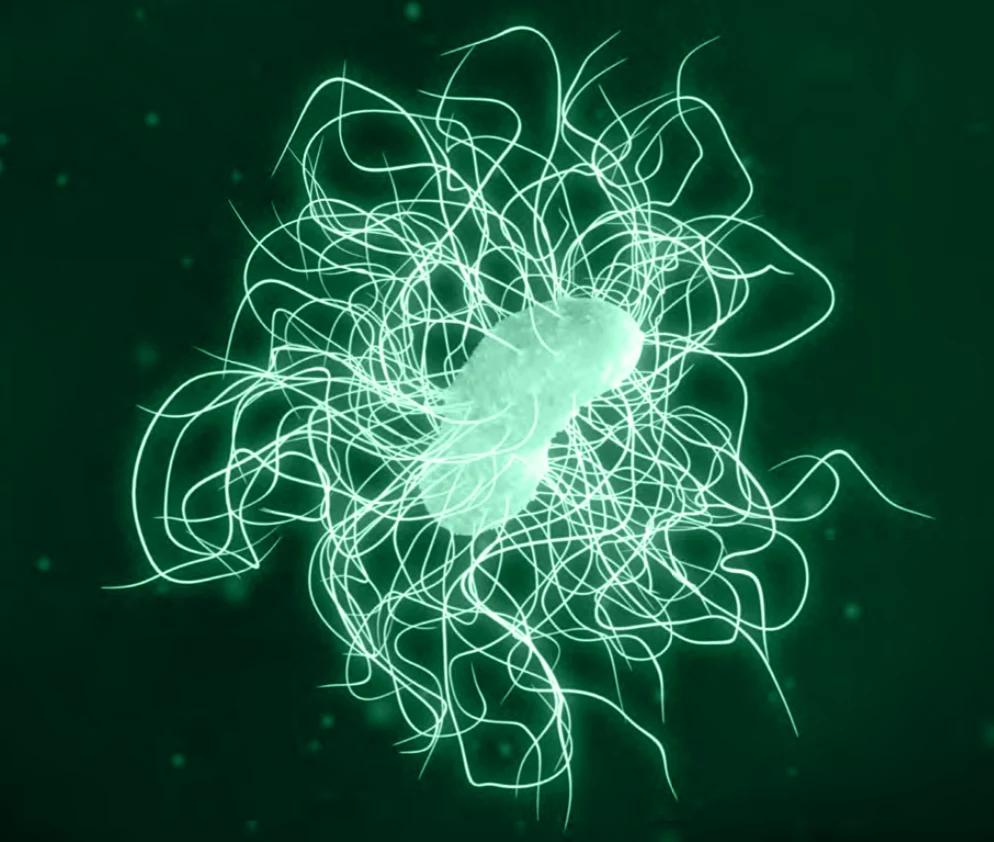CMS Program Appears to Succeed at Lowering Hospital CDI Rates
Hospital-onset CDI rates dropped by 6% in the first quarter of the program, which launched in 2016.

A government value-based care initiative designed to curb rates of hospital-acquired Clostridioides difficile infection (CDI) appears to be working where similar programs have not, according to a new report.
The authors of the study say more research should be done into the CDI program in order to improve similar programs. The study was published in JAMA Network Open.
The US Department of Health and Human Services in 2013 launched a plan to try and reduce rates of healthcare-associated infections. As part of that plan, the Centers for Medicare and Medicaid Services (CMS) launched two incentive programs designed to reward or penalize hospitals that improve—or fail to improve—their rates of healthcare-associated infections. Since 2016, the agency has included hospital-onset CDI (HO-CDI) rates in its Value-Based Incentive Program (VBIP) as one of the metrics targeted for improvement.
Corresponding author Mohammad Alrawashdeh, PhD, MSN, of Harvard Medical School, and colleagues, wanted to find out whether the program, which launched in October 2016, was succeeding in its goal.
To find out, they looked at quarterly HO-CDI rates as reported to the US Centers for Disease Control and Prevention’s National Healthcare Safety Network (NHSN). The investigators zeroed in on 265 hospitals, looking at an interrupted time series between January 2013 and March 2019, and covering more than 24 million hospital admissions. The hospitals were a mix of sizes, most (77%) were nonprofit, teaching hospitals (70%), and located in metropolitan areas (86%).
After controlling for differing positivity rates by testing method, the investigators found that VBIP implementation led to a 6% level decline in HO-CDI rates in the quarter immediately after implementation, followed by a 4% decline in slope each quarter thereafter.
Alrawashdeh said their findings could reflect a number of potential factors. It could be that hospitals doubled-down on practices like handwashing, contact precautions, and environmental cleaning in response to the incentive program. It could also be that the VBIP program coincided with improvements in antibiotic stewardship more generally, since such stewardship initiatives have been linked with CDI rate reductions.
Diagnostic stewardship could also be a key factor, the authors said. Better diagnosis, faster patient isolation, and fluoroquinolone and proton-pump inhibitor stewardship, among other factors, could reduce false-positives and help limit the spread when patients are infected.
Though the exact reasons for the improvement are not yet clear, Alrawashdeh and colleagues said it would be beneficial to learn more, since the HO-CDI program is something of an outlier among CMS’s VBIPs.
“To our knowledge, this is the first HAI for which a CMS policy has been associated with improvement,” the authors said.
Earlier programs aimed at lowering rates of central catheter-associated bloodstream infections, surgical site infections, and catheter-associated urinary tract infections, among others, did not show similar success. It is possible, the authors said, that there was simply more room to improve with regard to CDI compared to other types of healthcare-associated infections. Still, they said, it would be beneficial to know for sure.
“Given that CMS payment policies have not previously been associated with improvements in other targeted HAI rates, future research should focus on elucidating the specific processes that contributed to improvement in HO-CDI rates to better inform the design of future interventions targeted by VBIPs,” they concluded.
